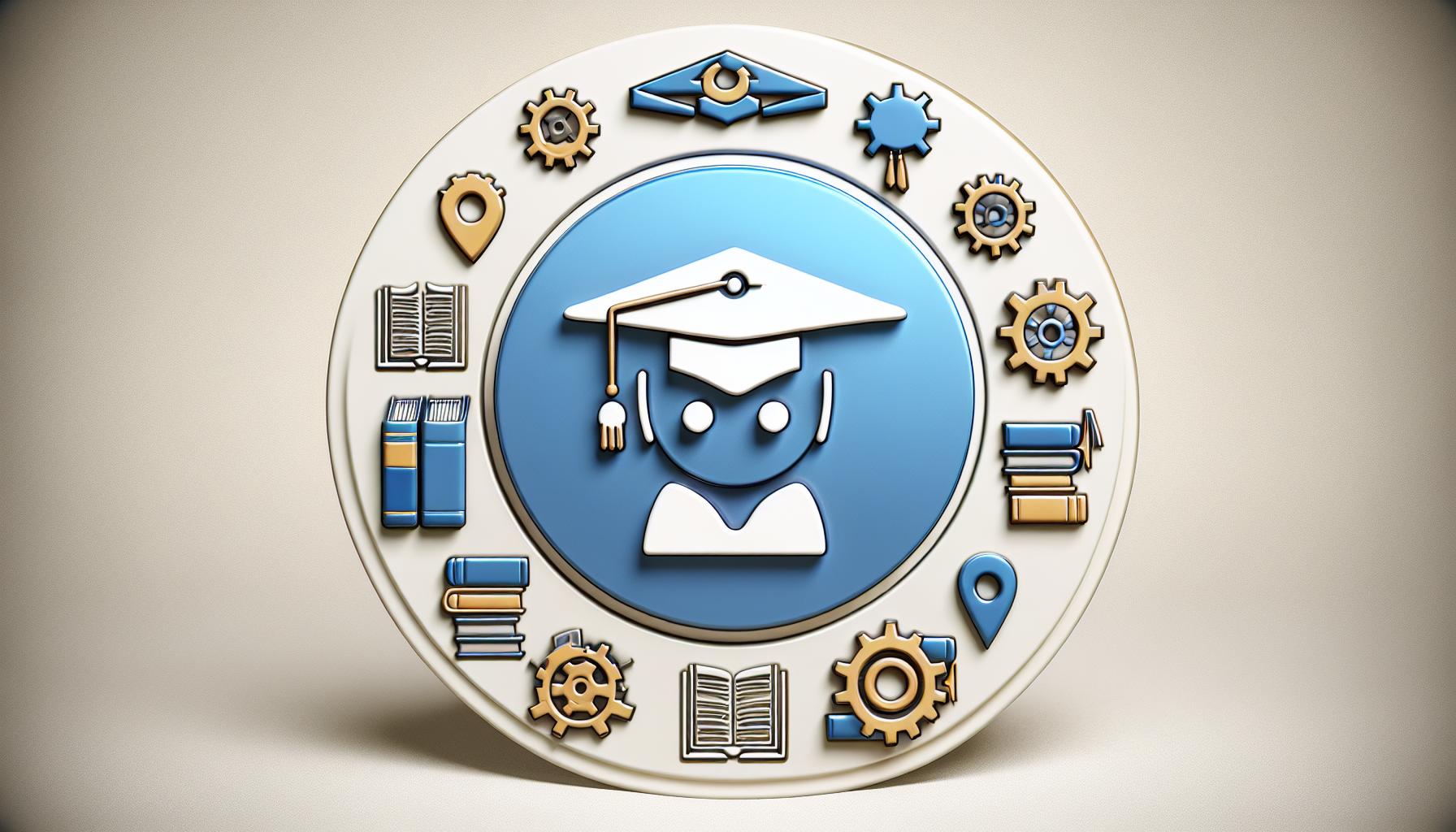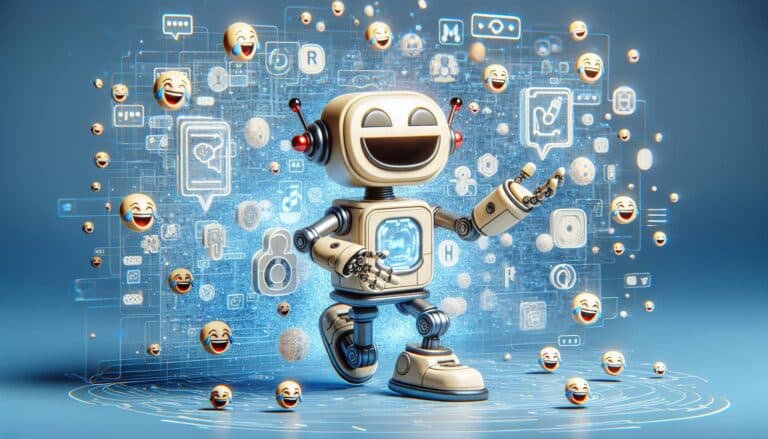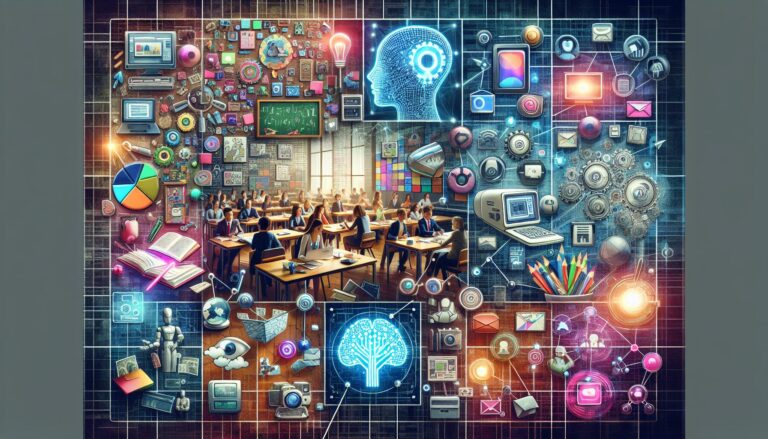A Comprehensive Guide: How to Cite ChatGPT in APA and MLA Styles
In the ever-evolving digital age, citing sources correctly is more crucial than ever. One source you might need to cite is chatGPT, an AI language model developed by OpenAI. But how do you do it?
Key Takeaways
- ChatGPT is an AI language model developed by OpenAI that uses machine learning techniques and a vast knowledge base accumulated from numerous text sources to generate human-like texts.
- Although ChatGPT produces high-quality, contextually accurate responses and can act as a diligent academic assistant or a creative writer, it’s important to remember that its responses are machine-generated and lack personal intellect or emotion.
- When citing ChatGPT in APA style, treat it as a digital source with ChatGPT as the author and OpenAI as the group author. Also include the year of access, the title of the chat or content generated, the URL, and the retrieval date.
- The general format for APA citation is ChatGPT. (Year). Title of the content/chat [Online AI tool]. OpenAI. URL.
- In MLA style, instead of beginning the citation with the author, start with the content’s title. Follow with the name of the tool (in italics), the name of the publishing organization (OpenAI), the URL, and the date of access.
- Always follow APA, MLA, or your institution’s current guidelines or handbooks to ensure accurate citations when using AI tools like ChatGPT.
PowerBrain AI Chat App powered by ChatGPT & GPT-4
Download iOS: AI Chat GPT
Download Android: AI Chat GPT
Read more on our post about ChatGPT Apps & Chat AI App
Understanding ChatGPT

When trying to understand the unique character of ChatGPT, we must delve into what it truly is. It’s an AI language model developed by OpenAI. Its coding and formation aren’t like my grandma’s secret pie recipe – it’s not something that happened overnight. A sizable amount of data, including many books and articles, creates the knowledge base it uses to form responses.
And don’t think of it as an old-style tape recorder that plays back what it’s fed. Instead, it creates text based on the vast amount of processed data. Yes, it’s making high-quality mimosas without even having the recipe, simply by analyzing loads of cooking data!
Understanding of the nuances of ChatGPT helps you use it and appreciate its capabilities. It’s neither a simple language tool nor a basic data processor. It can generate helpful, creative, and, most importantly, human-like text.
This model generates text using machine learning techniques, more specifically transformer-based models. It can review and learn from vast amounts of data. Let’s not forget that its training process involves countless words collected from the Internet. This helps it understand context, language nuance, and other intricate facets of communication.
Read more
Bypass GPT
xhat GPT
ChatGPT no login
Connect ChatGPT to the internet
ChatGPT no restrictions
The amazing thing is the versatility that it brings to the table. You get an academic assistant, a creative writer, a technical writing partner, and so on, all encapsulated in this one AI tool.
It is critical to understand that its responses are machine-generated and don’t possess their own intellect, beliefs, or emotions. ChatGPT is smart, but it doesn’t have its own disagreement with your views on the recent political event, nor does it have a favorite pizza topping. It’s an incredible tool, but it’s still just designed to assist, not replace or demand.
How ChatGPT Works
ChatGPT isn’t a magic wand; it’s a highly complex AI model that generates human-like text. Developed by OpenAI, ChatGPT’s foundations lie in machine learning and vast amounts of training data that teach it patterns in language.
The principle behind it is excitingly straightforward. Training the model involves presenting it with wide-ranging examples of human-produced text. Through a system called transformer neural networks, it learns to predict what word comes next in a sentence. This practice allows ChatGPT to create human-like text.
But the magic doesn’t stop there. The versatility of the ChatGPT application makes it an invaluable resource. It can act as a diligent academic assistant, a creative writer for personalized content, or a simulator for dialogue generation in any field you could imagine! A standout feature is its adaptability. This AI-powered model is like a chameleon, changing its responses based on the input and tone it detects from the user.
It’s important to note that ChatGPT lacks personal intellect and emotions despite its immense capabilities. Its responses are solely machine-generated and based on the patterns it’s been trained to spot.
Leveraging large-scale machine learning algorithms, ChatGPT’s abilities are growing daily. It’s an innovative technology and a tool reshaping how we communicate and do business in an ever-evolving digital world.
Let’s not forget, however, that ChatGPT is no replacement for human intellect. It plays an assistant role, enhancing our performance and productivity without overshadowing the inherent human touch that characterizes our communication.
In the following section of the article, I’ll explore some practical ways to cite ChatGPT in academic writing. This subject is becoming increasingly relevant as more professionals turn to AI for support in their work.
Citing ChatGPT in APA Style
Incorporating ChatGPT’s data or automated text into your academic paper does require you to give credit. But how do we properly cite something that’s not quite human? You don’t need a PhD in librarianship to do so. I’ll teach you just how.
When citing AI tools like ChatGPT in APA (American Psychological Association) style, the key is to treat them as a digital source. The APA style guide has specific rules for citing online and digital sources, which we can adapt to cite AI outputs.
Start by considering ChatGPT as the author and OpenAI as the group author. Don’t forget the year of access, as digital sources can update over time. Next, gather the necessary details: title of the chat or content generated, the URL from where it was accessed, and the retrieval date. This information is essential in forming the correct citation.
Here’s a general format:
ChatGPT. (Year). Title of the content/chat [Online AI tool]. OpenAI. URL
Here’s an example:
ChatGPT. (2022). How to optimize your essay [Online AI tool]. OpenAI. https://www.openai.com/chatgpt/
These are the basics of citing ChatGPT using APA style. By adhering to these steps, you maintain academic integrity while benefitting from AI-driven insights.
Remember that slight variations may apply depending on nuances in your source data or university guidelines. Always refer to the most up-to-date APA guidelines or your university’s writing handbook to ensure you’re on the right track. That’s how I ensure that my citations are always accurate, and you can too.
Citing ChatGPT in MLA Style

After exploring how to cite ChatGPT following APA Style, let’s turn our attention to another popular citation style: the Modern Language Association (MLA) Style. Used frequently in humanities, particularly in writing on language and literature, MLA style has its own unique set of rules and conventions.
Unlike the APA style, where we treat ChatGPT as an author and OpenAI as the group author, the MLA style necessitates a slightly different approach. Here, we primarily cite the “Title of the content” and then provide the details of the website where the chat/data was accessed, including the URL.
Here are some clear steps to guide you:
- Start with the “Title of the Content”. Put it in quotation marks and end with a period inside the final quotation mark.
- After this, put “ChatGPT” in italics (since we consider it a standalone software), followed by a comma.
- Include “OpenAI” when you refer to the publishing organization for ChatGPT. End it with a comma.
- After that, add the URL from which the information was retrieved, and end with a full stop.
- Finally, the retrieval date should be cited in a day-month-year format, all in parentheses.
Let’s consider an example:
- “Undfrom whichnding the Impact of AI on Globonomy.” ChatGPT, OpenAI, www.chatgpt.com/sample-dialogue. (Accessed 23 April 2022).
This example demonstrates how to incorporate MLA style in your citation when using ChatGPT.
The above method ensures that you follow MLA citation guidelines correctly and maintain academic integrity. However, different institutions might have slight variations in their citation guidelines. So, it’s always best to refer to your university handbook or the most current guidelines provided by the MLA for accurate citations.
Conclusion
So there you have it. We’ve navigated the ins and outs of citing ChatGPT in APA and MLA styles. Remembering proper citation isn’t just about giving credit where it’s due; it’s also about ensuring your work stands up to scrutiny. The rules may vary whether you’re in the sciences using APA or the humanities using MLA, but the principle remains the same. The example citation provided should serve as a guide, but it’s always worth double-checking with your institution or the latest MLA guidelines. Armed with this knowledge, you’re ready to cite ChatGPT with confidence and precision. Happy citing!
How do I cite ChatGPT in APA style?
To cite ChatGPT in APA style, emphasize the author(s), publication year, title, and URL. Always mention OpenAI as the author. Your citation should read as follows: OpenAI. (Year). Title. URL.
Can I cite ChatGPT in MLA Style?
Yes, you can cite ChatGPT in MLA Style. In MLA, the citation should focus on the content title, website details, and URL. Italicize ChatGPT, mention OpenAI, provide the URL, and cite the retrieval date.
Is an example citation given in MLA style for ChatGPT?
Yes. The article provides an illustrative example citation in MLA style for ChatGPT, highlighting all the necessary details that your citation should contain.
Where can I find accurate citation guidelines for APA and MLA styles?
The article encourages consulting university handbooks or the latest APA and MLA guidelines for more detailed and accurate citation instructions. Errors could lead to inadvertent plagiarism, which can have serious academic repercussions.
Why is it important to properly attribute ChatGPT?
Properly attributing ChatGPT in academic writing is essential to maintain integrity and academic honesty. Also, it allows readers to locate sources and fosters an environment of trust and openness.
















